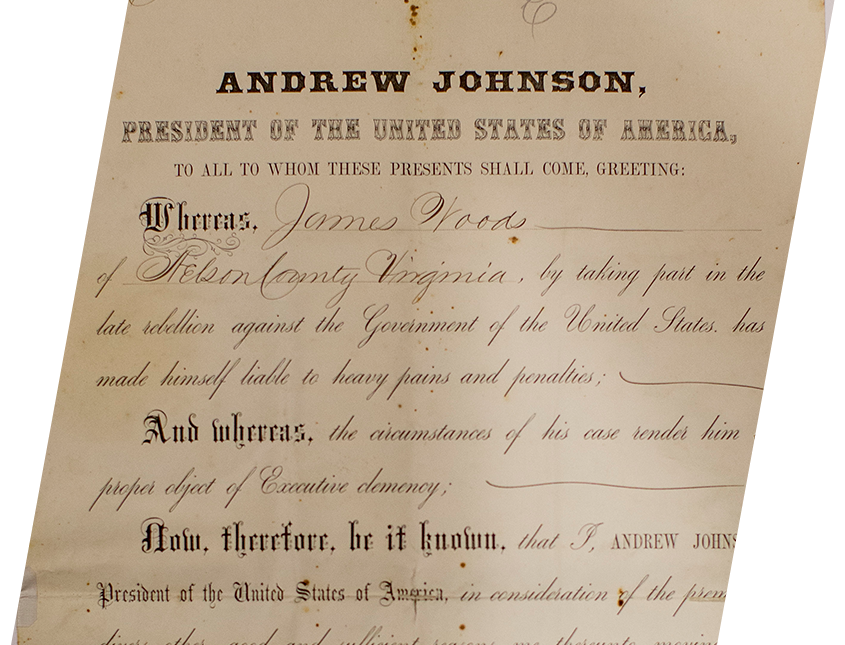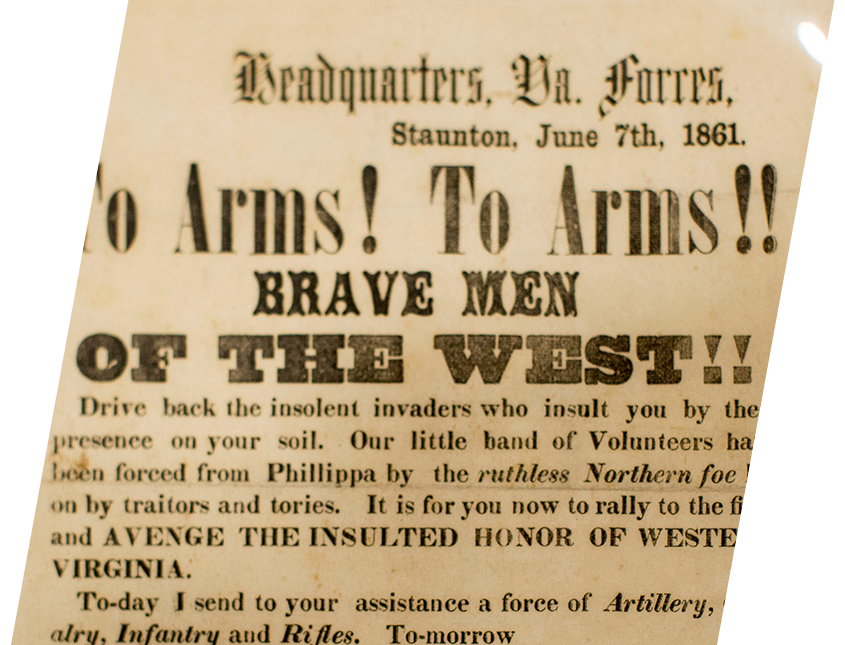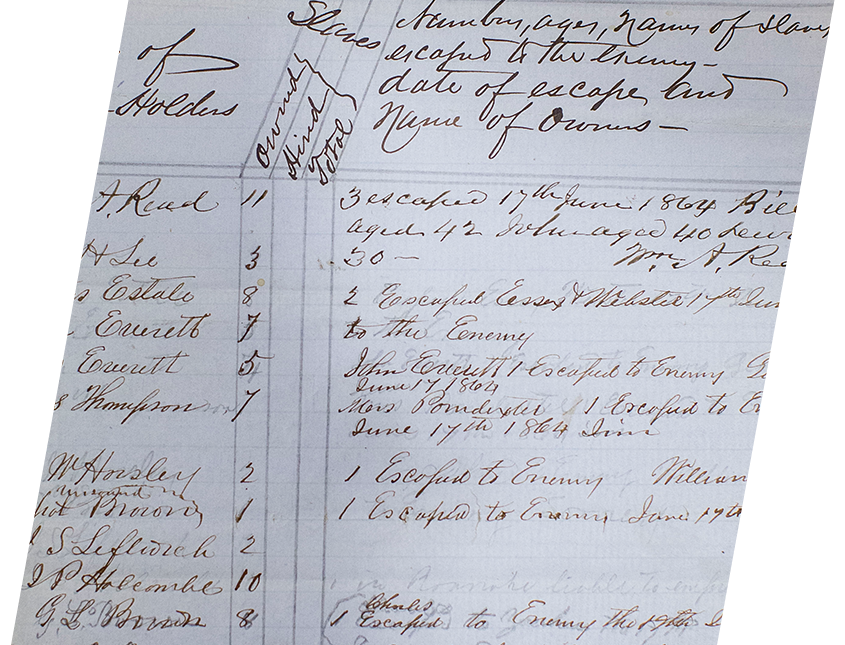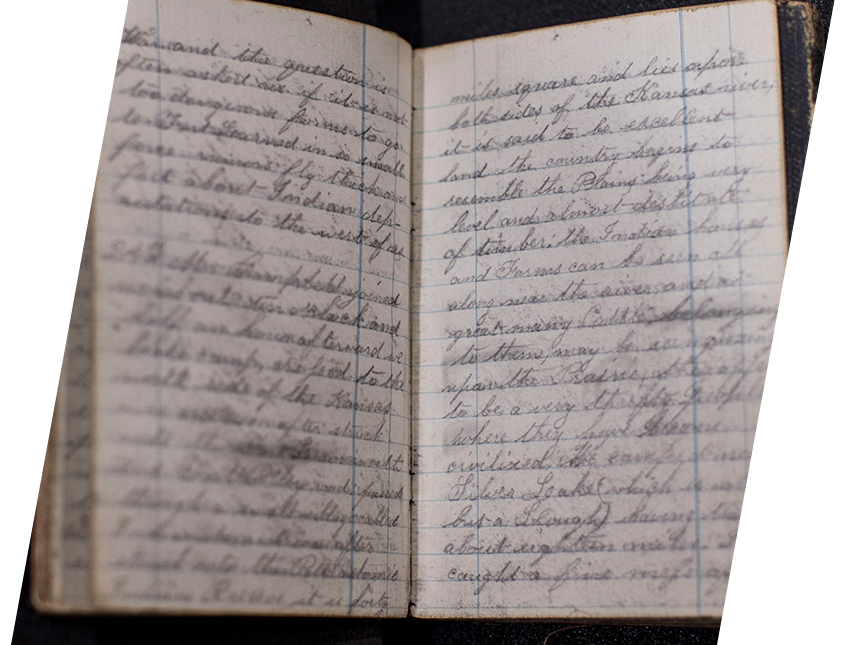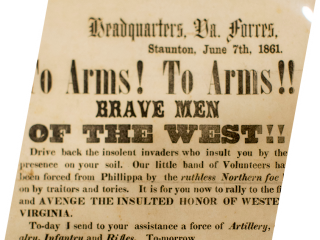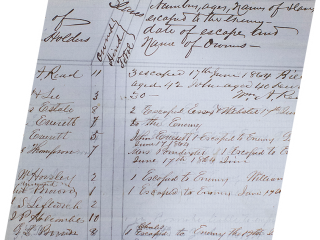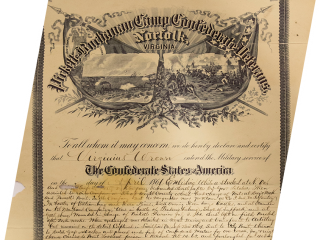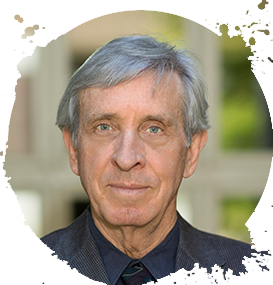In the pantheon of American events that charted the course of the nation, almost nothing comes close to the Civil War. Maybe nothing at all. The war was all things at once: Horrific. Historic. Gripping. Confounding. Liberating. Endlessly fascinating. Supercharged with characters and complexities, it would reverberate for decades and across generations.
“The Civil War was such a gigantic event,” said Gary W. Gallagher, the John L. Nau III Professor in the History of the American Civil War. “It was the single biggest military event in U.S. history and it touched everything. It dealt with the relationship of the central power and the states, it ended slavery and created what followed, and there was a question as to whether the work of the founding fathers would survive. There are many issues that still resonate.” Indeed, the nation continues to grapple with symbols and storylines that trace back to the Civil War and 19th-century America. The reverberations continue. “You need an understanding of the Civil War to understand United States history,” Gallagher said. “You can’t understand the present without understanding the Civil War.”
Already a leader in scholarship and research of the period, the University of Virginia stands poised to deepen its engagement and expand opportunities for students, faculty and beyond through the new John L. Nau III Center for Civil War History. The Board of Visitors in June approved the center, which was funded by current and future gifts totaling $13 million from John Nau and The Nau Foundation — gifts inspired by John and Bobbie Nau.

I realized I couldn’t understand American History without understanding the Civil War.
“The Nau Center will also work with the President’s Commission on Slavery and the University to foster research on slavery and emancipation in Central Virginia.” President Teresa A. Sullivan established the Commission on Slavery in 2013. Comprising faculty and staff members, students, alumni and local residents, the panel is exploring UVA’s historical relationship with slavery and providing a framework to guide research and gather resources on the contributions of enslaved laborers to the University.
Varon and Gallagher stressed that the scope of the scholarship surrounding the conflict has expanded from military and political history to encompass other aspects of the war, including its social and cultural implications and impact on civilians and landscapes. “There is a lot of exciting research on new themes, such as the environmental impact of the war and the scope of the war as a humanitarian crisis,” Varon said. “The time is right to synthesize scholarship on the home front and the battle front.”
Scholars have a wealth of documents from the period to review. “We have a remarkable written record of firsthand accounts, such as letters and diaries,” Varon said. “The soldiers on both sides were among the most literate in history, and they generated a vast body of commentary for us to analyze.”The holdings of the University Library, particularly the Albert and Shirley Small Special Collections Library, are rich in Civil War materials, and the center will encourage and facilitate student research in archival sources, in Virginia and out-of-state.
Gary Gallagher
Gary W. Gallagher is the John L. Nau III Professor in the History of the American Civil War and the director of the John L. Nau III Center for Civil War History. His works include “The American War: A History of the Civil War Era,” with Joan Waugh; “The Union War;” and “Causes Won, Lost, and Forgotten: How Hollywood and Popular Art Shape What We Know about the Civil War.”
Another area of the center’s focus will be Reconstruction. Varon, who has written a book on Robert E. Lee’s surrender at the Appomattox Court House, “Appomattox: Victory, Defeat and Freedom at the End of the Civil War,” notes that the end of the war was fraught with tension. “Contrary to the myth of a swift and easy reunion, I found evidence that the terms of peace were bitterly disputed,” she said. Debates over the meaning of Lee’s surrender revealed not only the lingering bitterness between the North and South, but also deep divisions within each section. “In many ways, the war pitted the South against the South. There were 150,000 African-American Southerners who fought for the Union, and altogether 450,000 men from slave states wore the Union blue.”
Gallagher noted that the Civil War influenced everything that came after it. Had the country not held together, for example, there would not have been as powerful a United States to participate in two world wars the following century. And the war had a major influence on domestic policy. Even after 150 years, the Civil War holds a spot in the popular imagination and remains one of the most written-about conflicts in history. Part of its long-lasting fascination lies with its “incredible cast of characters,” including military leaders such as Lee and Ulysses S. Grant, political leaders such as Abraham Lincoln, and leading reformers such as Frederick Douglass and Clara Barton. But people drawn to the conflict also understand that this was a turning point for the nation. “The stakes had never been higher,” he said. “The question of the war was, ‘Will the nation survive?’”

